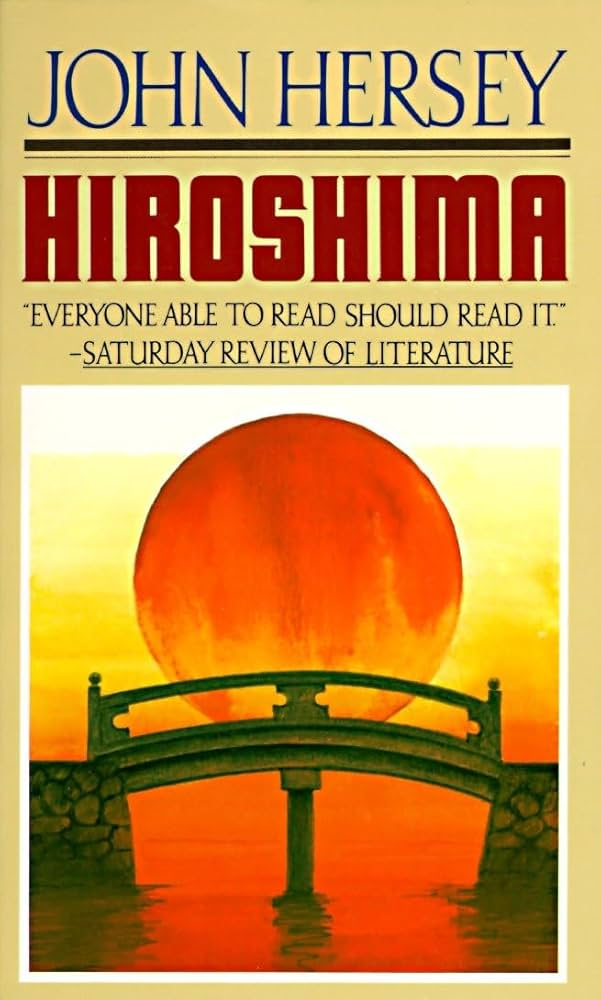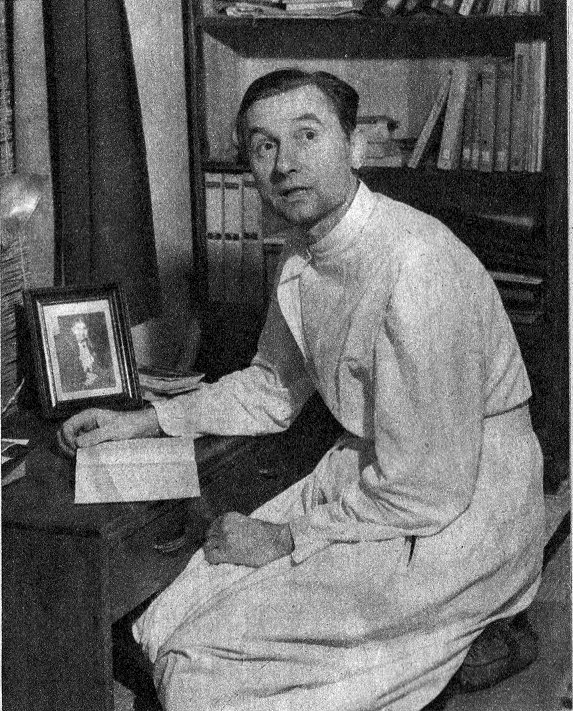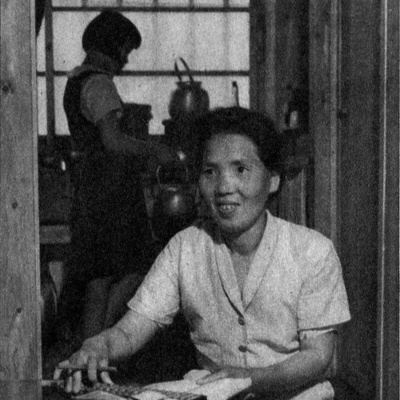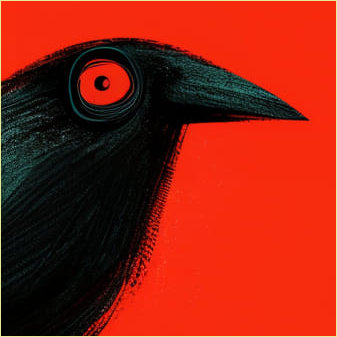2025 Reading Challenge 27 Hiroshima

The book begins on Monday, August 6, 1945, at 8:15 a.m. as we enter the life of Toshiko Sasaki, a twenty-year-old clerk in the employment of the East Asia Tin Works.
THERE ARE SOME GRAPHIC AND UNSETTLING PASSAGES BELOW.

This matter-of-fact prose is repeated for five more citizens of Hiroshima;
Doctor Masakazu Fujii, a physician.
Mrs. Hatsuyo Nakamura, a tailor’s widow.
Father Wilhelm Kleinsorge, a German Jesuit priest.
Doctor Terufumi Sasaki, a young surgeon.
Reverend Kiyoshi Tanimoto, a Methodist pastor.
Through this short book, we follow the effects of the blast on these people, their family and friends and, in a subsequent chapter from 1985, the rest of their lives.
Hiroshima had a population of 350,000. Approximately 80,000 died in the immediate detonation of the bomb, and a further 70,000 died in the following months due to injuries, burns and radiation poisoning. It’s impossible to tell with accuracy the final number of deaths from related illnesses and cancer.
There are some truly harrowing descriptions of the injuries, written in a plain, precise journalistic style that makes the pain and horror unavoidable; you are witnessing this, not just reading it.
“He reached down and took a woman by the hands, but her skin slipped off in huge, glove-like pieces. He was so sickened by this that he had to sit down for a moment.”
This is from Father Kleinsorge, he suffered tremendously after the bomb, but an inspiring figure, the Japanese word omoiyari (思いやり) is used to describe him. A word meaning compassion, empathy, especially the kind that puts others’ needs before your own.

All of these individual stories are fascinating, horrifying and inspiring, none more so than Toshiko Sasaki, in the blast, she is pinned under a book case, her leg crushed, eventually she is found and laid alongside other gravely injured people, it’s an unforgettable night, something that will come to define her.
“She lay down on the floor beside a man whose skin was hanging from his face and whose eyes were closed. He died before dawn. She could feel his stiffening body beside her, but she was too weak and in too much pain to move.”
In the final chapter, we learn of her long, painful journey of recovery and again, a life of serving others, eventually becoming a nun and running a retirement home for miners, also supervising the rebuilding of it to modern standards.
“Nothing surprised or frightened her about death. Her greatest gift, she found, was to help the inmates die in peace.“

The book continues to follow the rest of the survivors, from the immediate aftermath and into old age and for some, an early death.
It feels like an important book in these times, a reminder of the horrors of warfare, not just a single bomb.
I rated this 8.0 out of 10.
TTRPG Thoughts:
You can probably surmise for yourself that any post-apocalyptic TTRPG can reuse some of the graphic scenes and events described in this book. Though it may be a hard heart that focuses only on that and instead is not moved by the resilience of the six people in this book and the memories of tens of thousands that never lived beyond the 6th August 1945.
